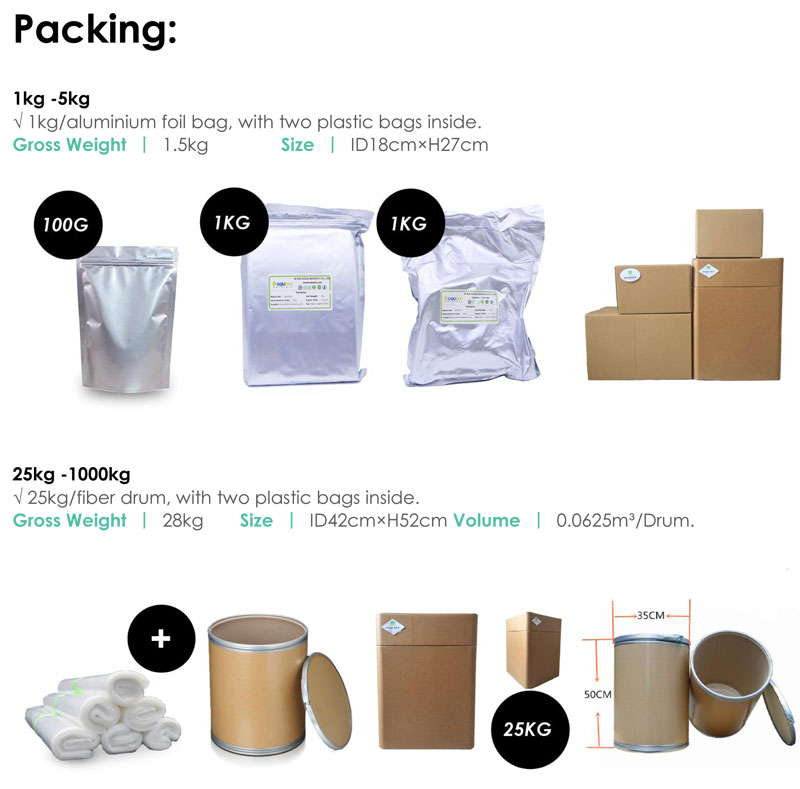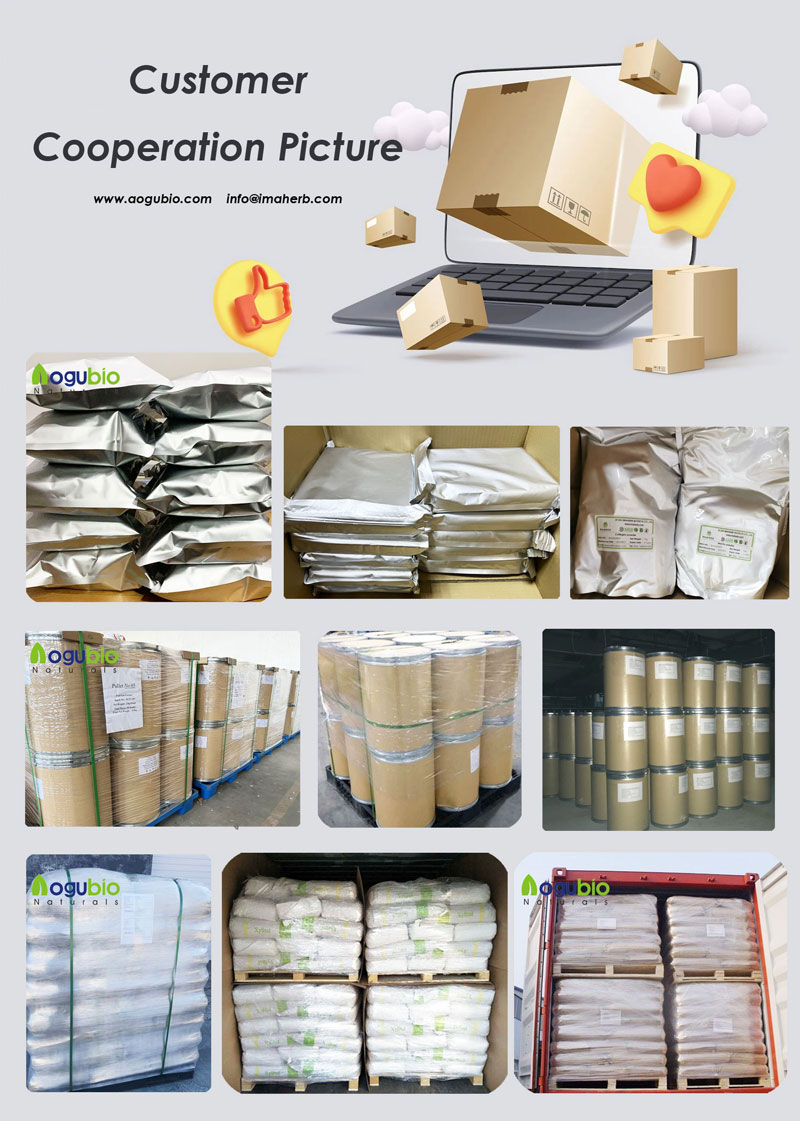High Quality Cosmetics Raw Materials CAS 104-29-0 Chlorphenesin
Product Description
Chlorphenesin is used for its antifungal properties and is also used as an antimycotic agent (anti-microbial properties), and thus is used as a preservative in various cosmetics. It is classified as an antifungal for topical use by the World Health Organization (WHO).
BASIC ANALYSIS
| Item | Specification | Results |
| Appearance | White or pale cream colored crystals or crystalline aggregates. Odor slightly phenolic; taste bitterand persistent | Pass |
| Assay | 99.0%Min | 99.81% |
| Melting point | 78~81℃ | 79.0-80.1 |
| Solubility | Soluble in 200 parts of water and in 5 parts of alcohol(95%); soluble inether, slightly soluble in fixed oils | Pass |
| Arsenic | ≤2 ppm | pass |
| Chlorophenol | To comply with BP tests | pass |
| Heavy metal | ≤10 ppm | pass |
| Loss on drying | ≤1.0% | 0.11% |
| Ignition residue | ≤0.1% | 0.05% |
Function
Chlorphenesin is a chemical commonly used as a preservative in skin care and cosmetics. It has bacteriostatic and antifungal activity, can effectively inhibit the growth of bacteria and fungi, and keep products fresh and stable.
- In cosmetics, chlorphenesin plays an antiseptic role, preventing the growth and spread of microorganisms, thereby extending the service life of cosmetics. This is important to protect consumer health, as some microorganisms may cause irritation or infection on the skin.
- Chlorphenesin is also commonly used in medical and pharmaceutical fields as a muscle relaxant. It relieves muscle pain and discomfort by blocking signals transmitted by nerves and reducing muscle spasm and tension.
It is important to note that although chlorphenesin is widely used in cosmetics and skin care products, individual tolerance to it may vary. Therefore, when using products containing chlorphenesin, it is best to conduct a skin sensitivity test first to ensure there is no allergic reaction.
Application
As a preservative, Chlorphenesin prevents various products from running into issues such as such as viscosity changes, pH changes, emulsion breakdown, visible microorganism growth, color changes and disagreeable odor formation. In addition to anti-fungal nail treatments, this ingredient is contained in products such as facial moisturizer, anti-aging treatment, sunscreen, foundation, eye cream, cleanser, mascara and concealer.

















